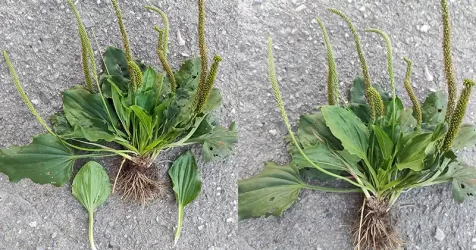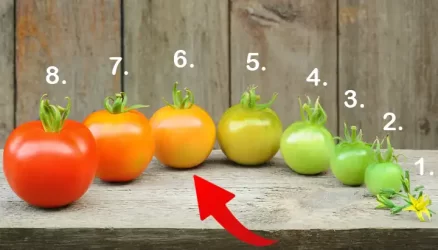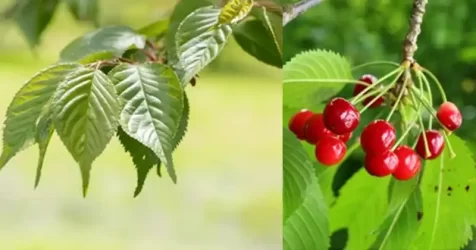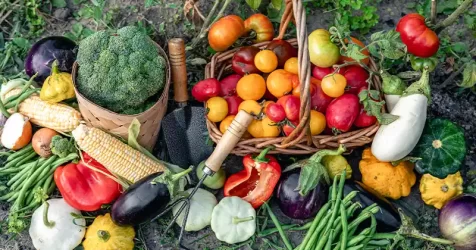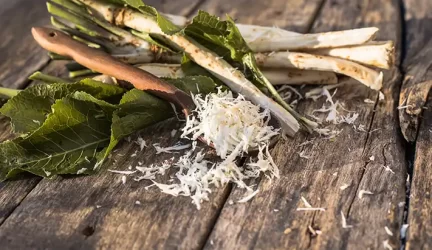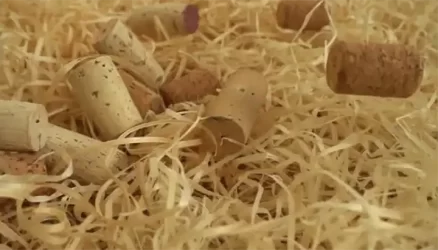Cultivating a Healthy Orchard: Organic Strategies for Fruit Tree Care

In the heart of an eco-conscious gardener’s philosophy lies a profound respect for nature and a commitment to nurturing the environment. This ethos is vividly reflected in the way we tend to our orchards. The goal is not merely to grow fruit but to do so in a manner that is harmonious with the natural world, safeguarding the health of our trees without resorting to harmful chemicals. This article delves into a traditional, yet innovative, method of protecting fruit trees from pests and diseases, ensuring a bountiful and healthy harvest.
Whitewashing: An Ancient Practice Reimagined
Whitewashing fruit trees, a practice steeped in agricultural tradition, serves multiple purposes beyond its apparent simplicity. As gardeners, our endeavor to delay the awakening of our fruit trees by at least ten days is a strategic move. This is achieved through the reflective properties of white color, which bounces back the sun’s rays, slowing down vegetative growth. But why is this necessary?
The slowing down of vegetative growth is a preventative measure against early spring frosts, which can damage new growth and significantly affect the year’s yield. Additionally, whitewash acts as a physical barrier against pests, making it an invaluable tool in the gardener’s arsenal.

The Benefits of Whitewashing
- Moss and Fungal Growth Suppression: Whitewash effectively inhibits the growth of moss and other fungi on the tree bark. By creating an alkaline environment, it prevents these organisms from establishing themselves.
- Pest Deterrence: The application of whitewash can also deter rodents and other pests from gnawing on the tree bark, offering a safe alternative to chemical repellents.
- Sunscald Prevention: Particularly for young trees with tender bark, whitewashing can prevent sunscald. This condition is caused by the sun’s rays during the cold winter months, leading to damage that can be detrimental to the tree’s health.
Timing and Application: A Guide
The timing of whitewashing is critical and is influenced by the climatic conditions of your region. Generally, the process is carried out twice during the winter months: first, when all leaves have fallen, and again at the end of winter when the days are warmer, with temperatures above freezing. This ensures that the whitewash adheres to the bark and does not freeze and flake off.
The application is not limited to the trunk; it extends to the lower branches, covering approximately 20-30 cm above them. This is especially important for young stone fruit trees. The method of application is strictly with a brush, allowing for thorough coverage into bark crevices and branch forks.
The Recipe for Success

Preparing the whitewash solution is straightforward and involves readily available ingredients. Here’s how you can create an effective mixture:
- Dissolve 50 grams of copper sulfate (blue vitriol) and 20 grams of table salt in 5 liters of water. The copper sulfate serves as a fungicide, enhancing the mixture’s protective capabilities.
- Gradually add 2-3 kg of lime (hydrated lime is preferable for its ease of use and safety) until you achieve a consistency that’s neither too thick nor too runny, as shown in our guide.
- Stir the mixture periodically during application to prevent settling.
A Call to Action for Eco-Conscious Gardening
Embracing organic gardening practices such as whitewashing fruit trees is a step toward a more sustainable and environmentally friendly approach to horticulture. It’s a testament to the fact that effective pest and disease management does not require the use of harmful chemicals. Instead, we can rely on time-tested methods that align with the principles of organic gardening.
We invite you to join this movement towards healthier gardens and ecosystems. By adopting practices like whitewashing, we not only ensure the well-being of our fruit trees but also contribute to the larger goal of environmental stewardship. Let’s continue to explore and share knowledge on organic gardening techniques, fostering a community of informed and conscious gardeners.


